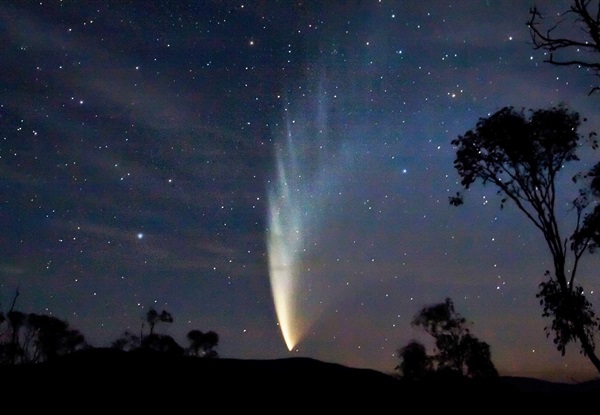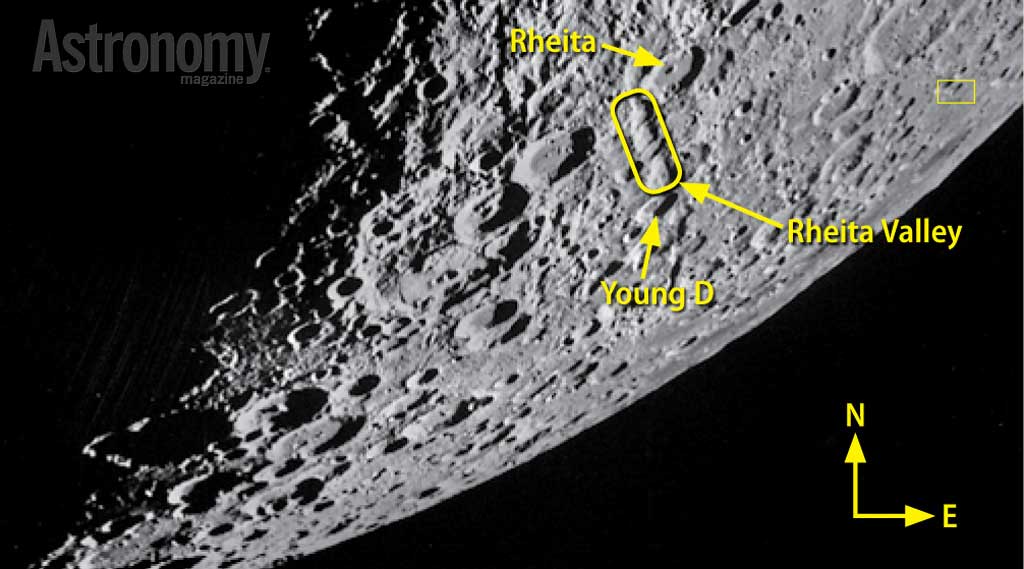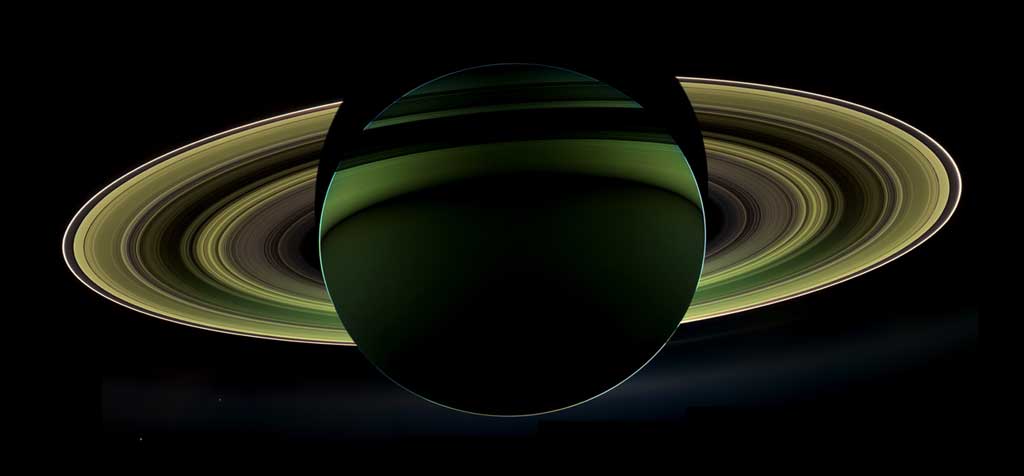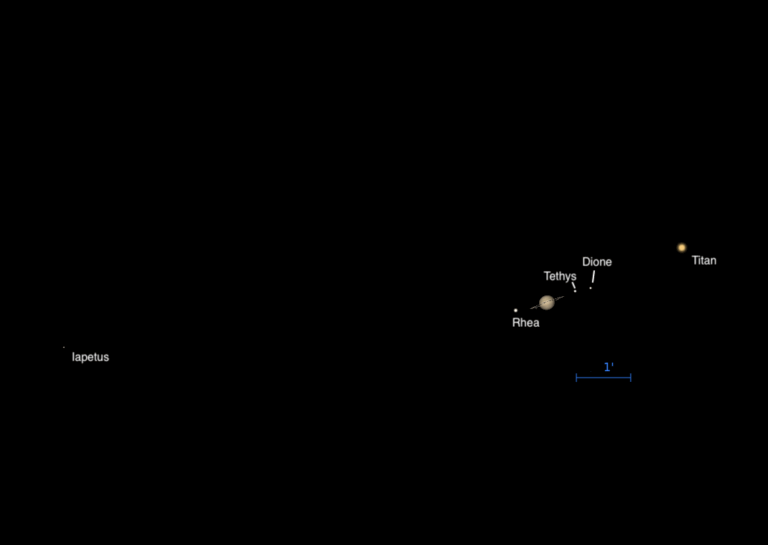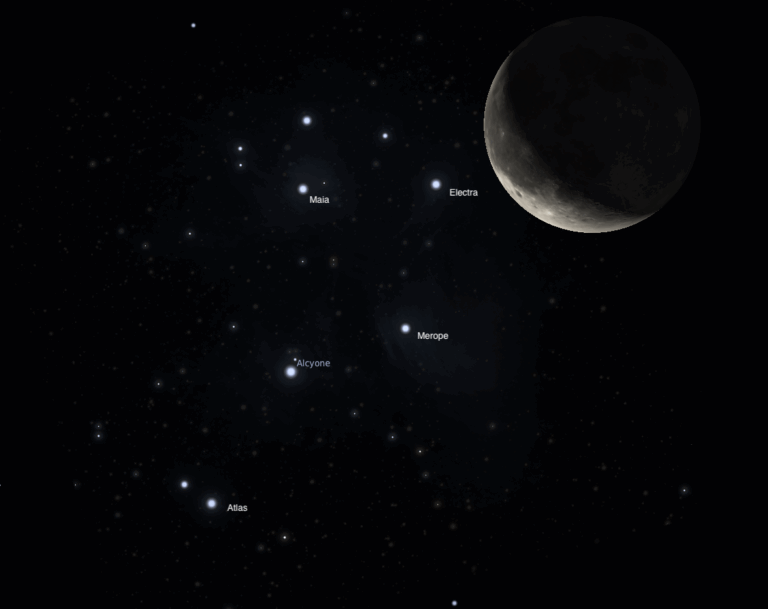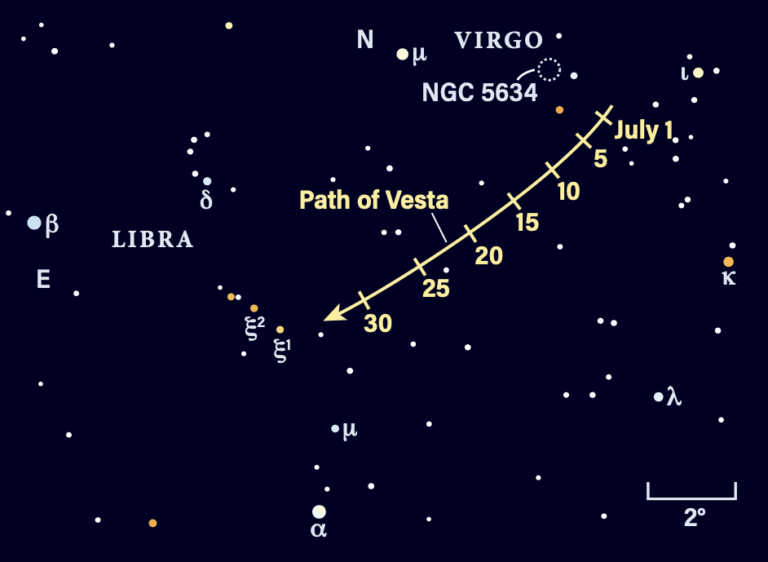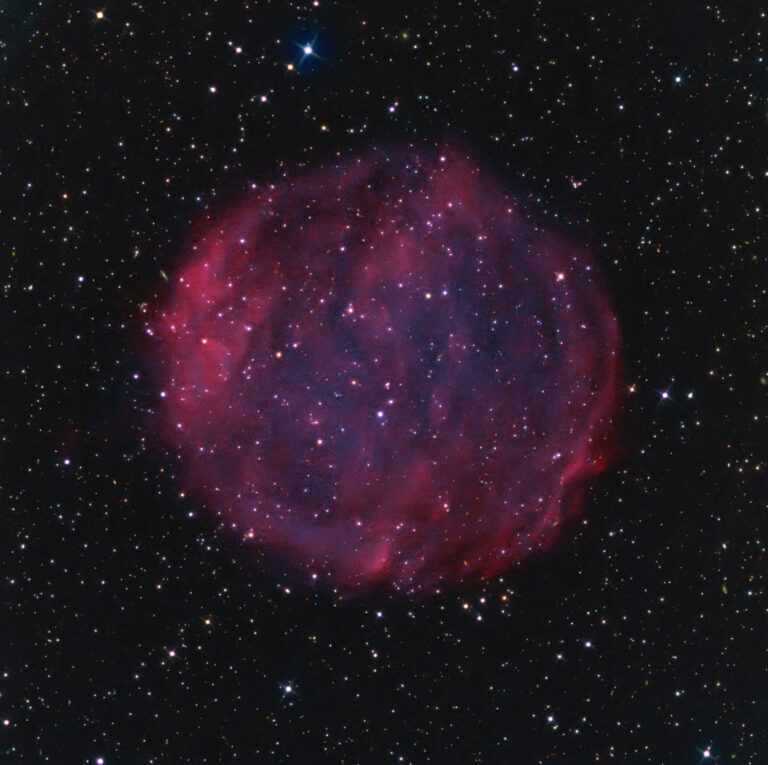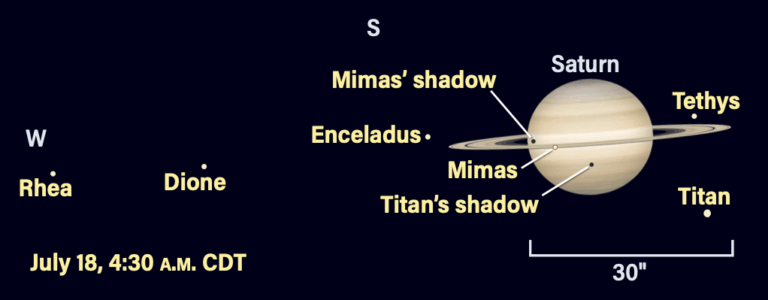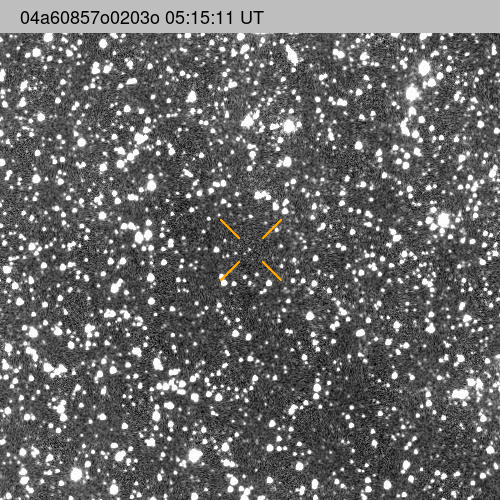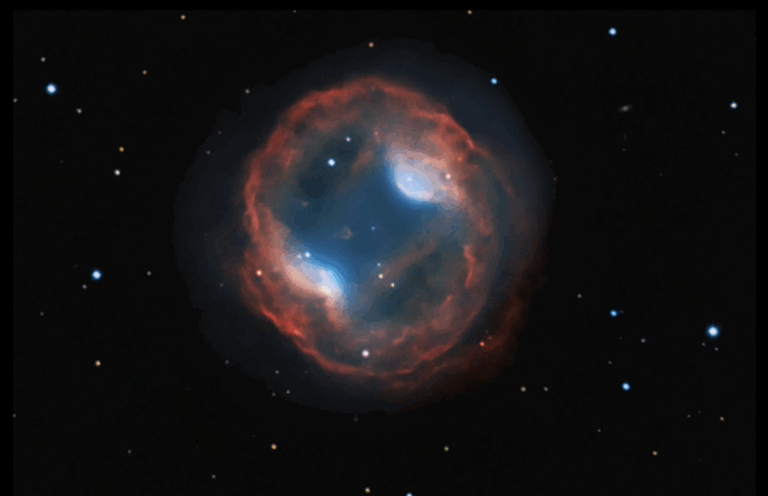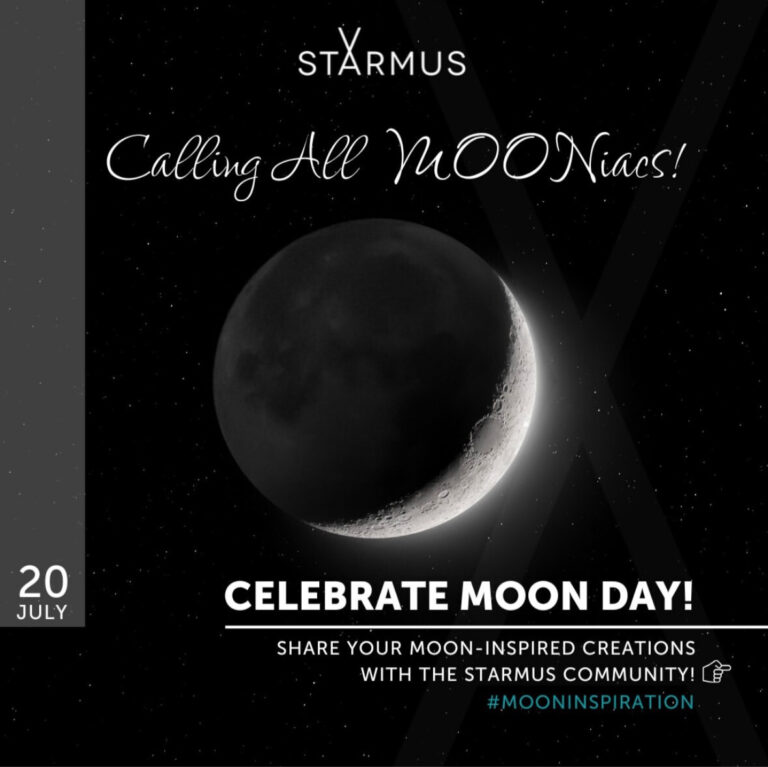Key Takeaways:
Brilliant Venus dominates the western sky after sunset. The dazzling object shines at magnitude –3.9 among the background stars of central Gemini, some 9° below that constellation’s brightest star, 1st-magnitude Pollux. Venus appears 16° high an hour after sunset this week, its peak altitude for this evening apparition. Strangely enough, the planet won’t reach greatest elongation from the Sun until August. It appears higher from mid-northern latitudes now because the ecliptic — the apparent path of the Sun and planets across our sky — makes a steeper angle to the western horizon after sunset in late spring. When viewed through a telescope, Venus reveals a disk that spans 13″ and appears 80 percent lit.
Saturday, June 2
Neptune rises around 2 a.m. local daylight time and appears 20° high in the east-southeast as twilight commences. The distant world glows at magnitude 7.9, so you’ll need binoculars or a telescope to spot it. Fortunately, it lies near a brighter star that will guide you. This morning, Neptune stands 1.0° west-southwest of 4th-magnitude Phi (φ) Aquarii. You can confirm your sighting of Neptune through a telescope, which reveals the planet’s 2.3″-diameter disk and blue-gray color.
The Moon reaches apogee, the farthest point in its orbit around Earth, at 12:35 p.m. EDT. It then lies 251,852 miles (405,317 kilometers) from Earth’s center.
The waning gibbous Moon appears near Mars this morning. The two become conspicuous in the southeast by 1 a.m. local daylight time and remain a striking pair until well after twilight commences. Throughout this period, the Moon stands about 3° above its partner. Of course, the Red Planet is worth observing any morning this week. Shining at magnitude –1.3 this morning, it is the second-brightest point of light in the morning sky after Jupiter. If you point a telescope toward Mars today, you’ll see its 16″-diameter disk and several subtle surface features.
Dwarf planet 1 Ceres is the largest object in the asteroid belt, which lies between the orbits of Mars and Jupiter. It currently resides in western Leo, which appears high in the west after twilight fades to darkness. The magnitude 8.7 dwarf planet is easy to spot through binoculars or a telescope, particularly this evening when it slides less than 1′ south of magnitude 3.0 Epsilon (ε) Leonis. Point your scope at Epsilon, and Ceres will be the brightest object in its immediate vicinity.
Monday, June 4
Although Saturn won’t reach opposition and peak visibility until late June, observers will be hard-pressed to see it as inferior this week. The ringed planet rises near 10 p.m. local daylight time and appears highest in the south around 3 a.m. Saturn shines at magnitude 0.1 and stands out against the background stars of northern Sagittarius. If you target the planet through binoculars this week, you’ll find it 2.0° northwest of the 5th-magnitude globular star cluster M22 and 3.3° south of the similarly bright open cluster M25. But the beautiful world looks best through a telescope, which reveals its 18″-diameter disk and a stunning ring system that spans 41″ and tilts 26° to our line of sight.
The Big Dipper’s familiar shape lies high in the northwest on June evenings. The spring sky’s finest binocular double star marks the bend of the Dipper’s handle. Mizar shines at 2nd magnitude, some six times brighter than its 4th-magnitude companion, Alcor. Even though these two are not physically related, they make a fine sight through binoculars. (People with good eyesight often can split the pair without optical aid.) A small telescope reveals Mizar itself as double — and these components do orbit each other.
Mercury reaches superior conjunction at 10 p.m. EDT. This means the innermost planet lies on the opposite side of the Sun from Earth and remains hidden in our star’s glare. It will return to view in the evening sky in about two weeks.
Wednesday, June 6
Last Quarter Moon occurs at 2:32 p.m. EDT. When it rises around 2 a.m. local daylight time tomorrow morning, it will appear slightly less than half-lit. Earth’s only natural satellite then appears against the background stars of northeastern Aquarius.
Thursday, June 7
Jupiter reached opposition and peak visibility about a month ago, and it remains a stunning sight nearly all night. It appears some 30° high in the south-southeast during evening twilight and climbs highest in the south shortly before 11 p.m. local daylight time. Shining at magnitude –2.4, the giant planet is the night sky’s brightest point of light once Venus sets around 11 p.m. Jupiter resides among the background stars of Libra the Scales, 1° north of Zubenelgenubi (Alpha [α] Librae). If you view the gas giant through a telescope tonight, its disk spans 44″ and displays spectacular cloud-top detail. You’ll also see its bright moons put on a nice show. Ganymede lies in Jupiter’s shadow in early evening, but it gradually returns to view between Io and Callisto. At 12:40 a.m. EDT, Io and Callisto appear 25″ apart southeast of the planet. If you watch the space between these moons, you’ll see Ganymede emerge into sunlight starting at 12:43 a.m. It return to full visibility by 1:02 a.m.
Venus passes 5° due south (lower left) of 1st-magnitude Pollux this evening. The planet has brightened slightly (to magnitude –4.0) since early in the week, and shines 100 times brighter than the star.
Saturday, June 9
Another comet in the growing crowd of such objects discovered by the Pan-STARRS telescope in Hawaii makes its appearance in June’s morning sky. Comet PANSTARRS (C/2016 M1) currently glows around 9th magnitude within the Teapot asterism of the constellation Sagittarius, and you’ll need a telescope to spot its subtle glow. As a bonus both today and tomorrow, the comet slides about 40′ from the 8th-magnitude globular star cluster M54. Your best views will come from under a dark sky when Sagittarius climbs highest between 2 and 3 a.m. local daylight time.
Sunday, June 10
The conspicuous Summer Triangle asterism dominates the eastern sky in late evening. Vega, the triangle’s brightest member, shines at magnitude 0.0 and stands highest of the three stars. To its lower left lies Deneb; at magnitude 1.3, it is the faintest of the trio. Magnitude 0.8 Altair resides at the bottom right and completes the bright asterism. Despite its name, the Summer Triangle appears prominent from late spring until winter begins.

